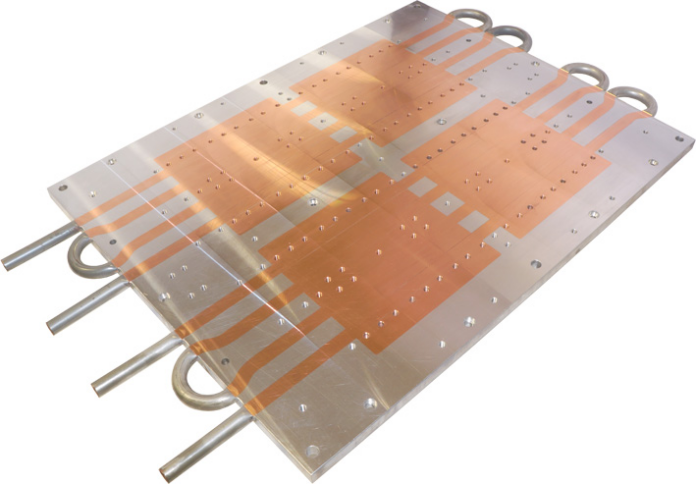Installing an aluminum die cast aluminum heat sink correctly is crucial to ensuring its proper function. If not installed correctly, the heat sink will not be able to properly dissipate heat away from the components it is meant to protect. This can lead to component failure and other problems.Here are a few tips to help you install your aluminum die-cast heat sink correctly:
Choosing the Right Heat Sink for Your Application
When choosing an aluminum die-cast heat sink for your application, it is important to consider the size and shape of the components that need to be cooled. The heat sink should be large enough to cover all of the components completely, and it should have a shape that will allow good airflow around the components. In addition, you should consider the thermal properties of the aluminum die-cast material itself. Some aluminum alloys are better at dissipating heat than others, so you may want to choose a heat sink made from a material with good thermal properties.
Surface Preparation
Surface preparation is key to ensuring that your aluminum die-cast heat sink will have a good bond with the surface it is being applied to. The first step is to clean the surface of any dirt, grease, or other contaminants. This can be done with a solvent such as an isopropyl alcohol. Once the surface is clean, it should be roughened up so that the adhesive will have something to grip onto. This can be done with sandpaper or a wire brush.
Applying Thermal Interface Material
When installing an aluminum die-cast heat sink, it is important to apply thermal interface material correctly in order to ensure proper heat dissipation. Thermal interface material helps to fill in any gaps between the heat sink and the component it is meant to protect and helps to conduct heat away from the component. If not applied correctly, the thermal interface material can actually insulate the component and prevent proper heat dissipation.
Here are a few tips for applying thermal interface material:
-Apply a thin layer of thermal interface material to the surface of the aluminum die-cast heat sink.
-Place the heat sink on the component, making sure that there is good contact between the two surfaces.
-Use a clamp or other means to apply pressure to the heat sink, so that the thermal interface material is evenly distributed.
-Allow the assembly to cure for the recommended time before powering on the component.
Installing the Heat Sink
When installing an aluminum die-cast heat sink, it is important to take care to ensure that it is installed correctly. If the heat sink is not installed properly, it will not be able to dissipate heat effectively and could lead to component failure or other problems.
Here are a few tips to help you install your aluminum die-cast heat sink correctly:
- Make sure that the surface of the heat sink is clean before installation. Any dirt or debris on the surface of the heat sink can impede its ability to dissipate heat effectively.
- When attaching the heat sink to the component, be sure to use thermal paste or grease in order to fill any gaps between the two surfaces. This will help to conduct heat more effectively.
- Make sure that the heat sink is securely attached to the component. If it is not attached securely, it could come loose and cause damage or injury.
Testing the Installation
When you have finished installing your aluminum die-cast heat sink, it is important to test the installation to make sure it is functioning properly. One way to do this is to use a thermal camera to take pictures of the area around the heat sink. If the heat sink is installed correctly, you should see a significant decrease in temperature in the area around the heat sink. If you do not see a decrease in temperature, then you may need to adjust the position of the heat sink or add more thermal paste. Another way to test the installation is to use a thermocouple to measure the temperature of the area around the heat sink. If the heat sink is installed correctly, you should see a significant decrease in temperature in the area around the heat sink. If you do not see a decrease in temperature, then you may need to adjust the position of the heat sink or add more thermal paste.
Conclusion:
To ensure your aluminum die-cast heat sink functions properly, it is important to install it correctly. Use the tips above to help you do so and avoid any potential problems. With proper installation, your heat sink will be able to effectively dissipate heat away from components, helping to prolong their lifespan.
















